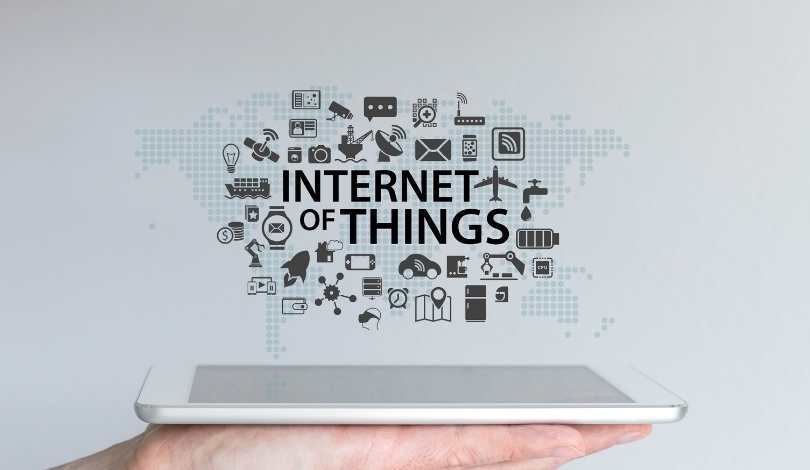British households and businesses are becoming more reliant on digital solutions to manage essential resources. With water scarcity and infrastructure challenges gaining attention across the country, utilities and technology providers intensify efforts to address these issues. Connexin, known for its smart technology expertise, is expanding its LoRaWAN-powered IoT network to support more advanced monitoring and control of water supplies and city services. Broader adoption of this technology hints at significant shifts in how services are delivered and data is used to optimize operations and sustainability.
Connexin’s current rollout connects close to 250,000 smart water meters in the UK as a result of agreements with top water companies, including Yorkshire Water, Northumbrian Water, Severn Trent Water, and Essex & Suffolk Water. This coordinated deployment allows for continuous tracking of water consumption and quick detection of leaks within distribution systems, aiming to lower water loss, reduce consumer bills, and provide utility companies with more detailed oversight of their networks.
How Does Connexin’s LoRaWAN Network Support Utilities?
The company’s LoRaWAN network forms the backbone for these smart meters, leveraging long-range, low-power wireless connectivity to deliver regular data without heavy energy demands. Smart sensors installed within meters gather and transmit usage statistics, empowering both companies and customers to monitor real-time consumption, spot irregularities, and act promptly to fix issues. Connexin’s infrastructure also aids flood prevention efforts and enables better-informed maintenance decisions to improve cost efficiency and resilience.
What Broader Applications Can the Network Power?
While the chief focus is on water metering, the same digital infrastructure accommodates various smart city functions beyond water management. Capabilities include optimizing waste collection routes, deploying intelligent street lighting for energy conservation, and guiding responsive road gritting during cold spells to raise safety levels. These multi-sector applications underline the adaptability of Connexin’s LoRaWAN platform and its potential to improve urban environments.
What Are Connexin’s Aims for Expanding Connectivity?
Connexin intends to scale its LoRaWAN IoT network to cover the entire UK, building on its current reach. Dan Preece, Vice President of Water & Utilities at Connexin, emphasized the resource’s importance by stating,
“Water is a precious resource which needs to be protected.”
He also commented on the broader value of digital solutions, saying,
“Smart city solutions are essential for updating our utilities to meet modern needs and to make them more sustainable.”
Other news coverage about Connexin’s UK activities has previously highlighted partnerships with municipal councils to trial IoT-based air quality monitoring and parking management. These initiatives reflected an experimental approach at the time and involved smaller-scale device rollouts. The present development sees a decisive step up, both in geographical scope and integration with crucial infrastructure like water supply, suggesting an accelerating pace of adoption and more comprehensive ambitions for digital utilities in the country.
Water meter digitization is increasingly viewed as a necessary modernization to deal with regulatory expectations and rising environmental concerns, particularly as recommendations lean toward compulsory smart metering for all consumers. For businesses, improved data transparency may lead to operational cost savings and greater compliance. For residents, enhanced visibility on usage could lead to more conscious water consumption and detect anomalies before costly leaks occur. Widespread deployment of multi-purpose networks like Connexin’s offers towns and cities options for future expansions into new smart services without extensive new builds. The shared, scalable model may present opportunities for both public and private sectors seeking better data and greater operational control.










